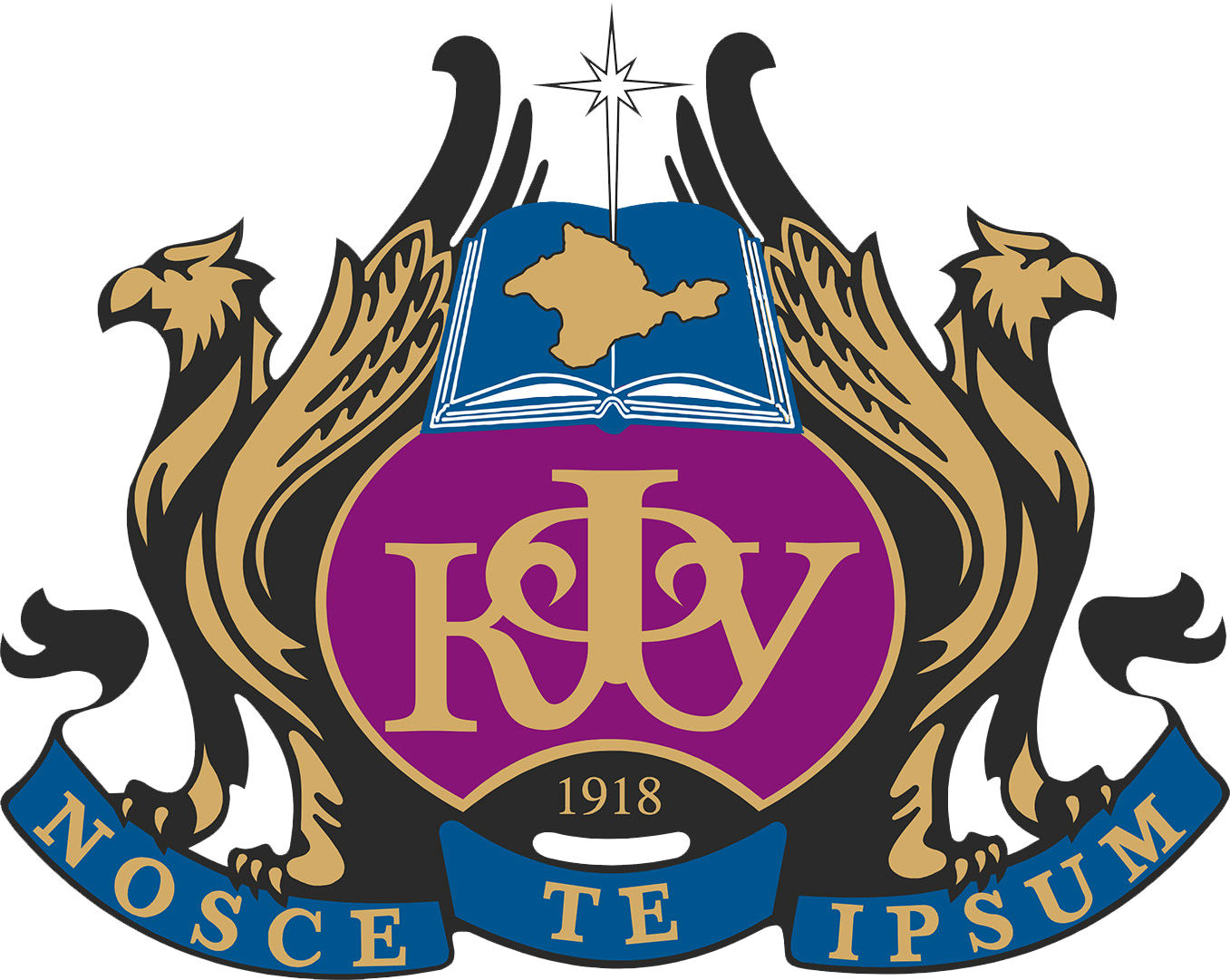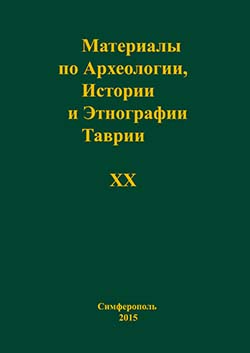This article examines the information capabilities of the complex of documents of various contents residing in the State Archive of the Republic of the Crimea (Simferopol), supplying information on the works of customs and quarantine institutions in the Russian Imperial Period. The Crimean Peninsula, which entered the Russian Empire in 1783, from that time on was considered a significant and strategically important region by the central authorities, because of its location on the southern borders and the role of an outpost of the Russian foreign and customs policy. Simultaneously, there appeared a system of quarantine institutions created with the aim of prevention of viral diseases before they entered the Empire or suppression of them. In this regard, the Crimea became the “testing ground” for the customs and quarantine institutions, later spread through all Russia according to the “Crimean standard.” The archival documents suggest a complete picture of the diversity of functions of customs and quarantine control in the Crimean Peninsula, allowing the scholarly reconstruction of the history of the works of these institutions, the analysis of the features of the organization of their work, and the tracing of the main directions of export and import operations covered by the Crimean customs. Among the most important aspects of the given research, there is the possibility to use the archival documents as the background to identify the features of administrative communication in the structures of the customs and quarantine institutions and to obtain the account of their official and bureaucratic composition.
Russian Empire, Taurida governorate, Crimean Peninsula, customs, quarantines, nineteenth century, source studies
1. Borschik N.D. Tamozhennye organy Krymskogo poluostrova v konce XVIII – pervoy polovine XIX veka: deyatel'nost', kadry, tovarooborot // Ekonomicheskaya istoriya: Ezhegodnik. 2020. M.: Institut
2. Borschik N.D. Vsepoddanneyshie otchety gubernatorov i gradonachal'nikov v fondah Gosudarstvennogo arhiva Respubliki Krym // Bibliografiya. Arheografiya. Istochnikovedenie: Sbornik statey
3. Borschik N.D., Morozan V.V., Prohorov D.A. Finansovaya sistema Kryma: fakty, sobytiya, lyudi. K 240-letiyu sozdaniya finansovyh organov Kryma (1784–2024). Simferopol', 2024. 370 s.
4. Borschik N.D., Prohorov D.A. Pogranichnaya i karantinnaya strazhi Tavricheskoy gubernii (konec XVIII – seredina XIX v.) // Uchenye zapiski. Elektronnyy nauchnyy zhurnal Kurskogo gosudarstvennogo
5. Gosudarstvennyy arhiv Respubliki Krym. Putevoditel'. Chast' I: Fondy dorevolyucionnogo perioda / sost. R.A. Ayrychinskaya, S.A. Androsov, G.L. Kuznecova. Simferopol': Antikva, 2016. 176 s.
6. Polnoe sobranie zakonov Rossiyskoy imperii. Sobranie pervoe. SPb., 1830–1859.
7. Prohorov D.A. Istoriya stanovleniya i deyatel'nosti organov tamozhennogo i karantinnogo kontrolya v Krymu v konce XVIII – vtoroy polovine XIX veka (po arhivnym materialam) // Tamozhennye chteniya
8. Selin A.A. Moskovskie karantiny. Bor'ba s «morovymi povetriyami» v XVI–XVII vv. v Novgorode i Pskove. SPb.: Evraziya, 2020. 160 s.
9. Torgovlya, kupechestvo i tamozhennoe delo v Rossii v XVI–XX vv.: tezisy dokladov Pyatoy mezhdunarodnoy nauchnoy konferencii (Novosibirsk, 27–29 sentyabrya 2022 g.) / Institut istorii Sibirskogo
10. Elektronnaya baza dannyh «Shtaty tamozhennyh sluzhaschih Kryma, konec XVIII – seredina XIX v.» // Rossiyskoe obschestvo istorikov-arhivistov. [Elektronnyy resurs].
11. Borshchik N.D., Latysheva E.V., Prohorov D.A. Formation and Operation of Customs Agencies in Crimea at the Initial Stage (1783–1822) // Bylye Gody. 2018. Vol. 48. Is. 2. R. 528–537.
12. Borshchik N.D., Latysheva E.V., Prohorov D.A. Customs, Border and Quarantine Control Bodies of the Crimean Peninsula in the Late 18th – Ārst half of the 19th century: Regulatory Framework and Personnel





